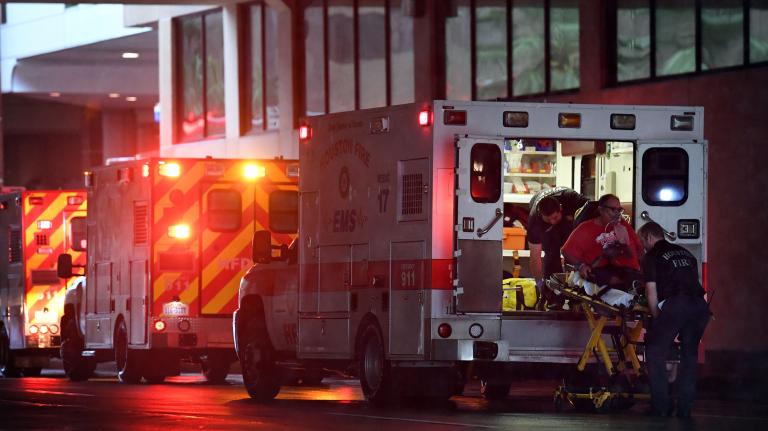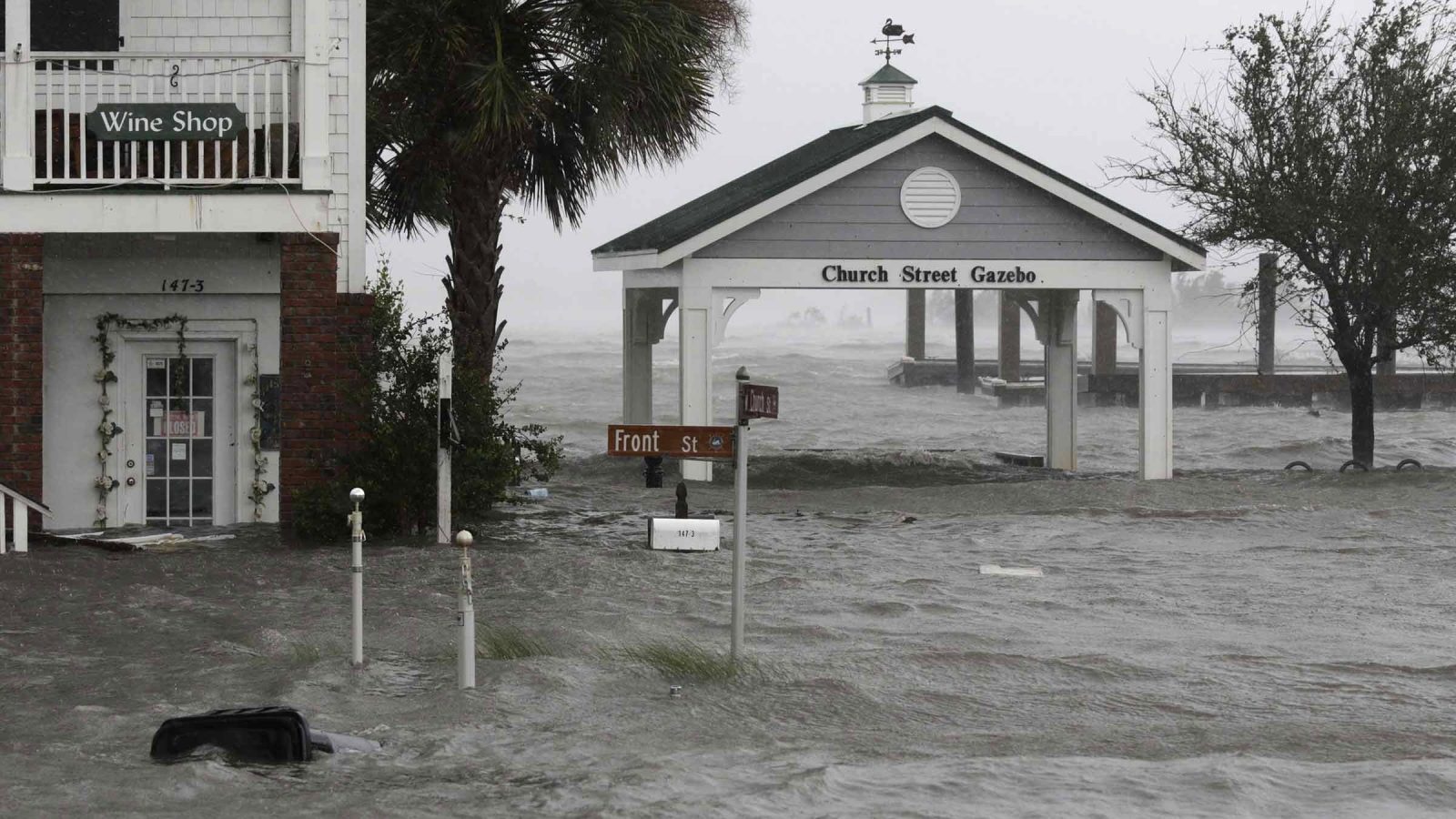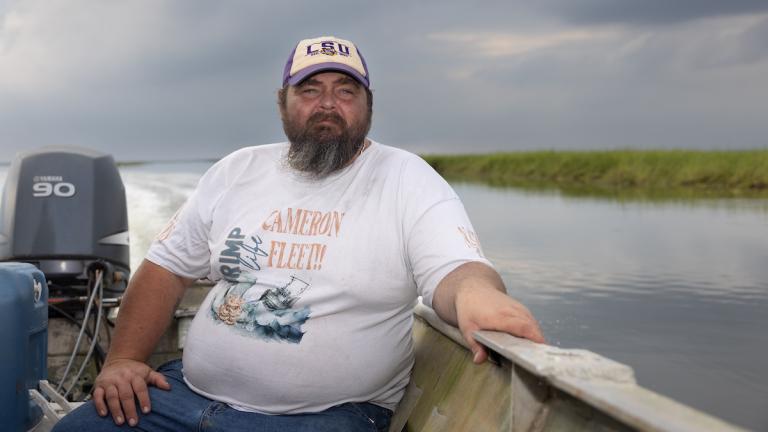Since barreling into North Carolina on Friday morning with gusts of up to 112 mph, Hurricane Florence has already submerged homes, left nearly 700,000 households without power, and killed at least five people. More than 200 people were rescued in Bern, North Carolina, where a 10-foot storm surge flooded town.
The hurricane is massive: at 400 miles wide, its hurricane-force winds stretch across a 160-mile span, as ABC reported.
Yet the long-ranging, torrential winds are not the primary concern. It’s the sheer volume of water, in the form of tidal surges, rain, and anticipated flash flooding that make this Category 1 storm unusually dangerous. As meteorologist Janice Dean put it, “The legacy of the storm is not going to be the winds. It’s going to be the rain.”
Florence may drench the Carolinas with an unthinkable amount of water this weekend: 18 trillion gallons, or enough to fill the Chesapeake Bay. As of early Friday afternoon, 20 inches of rain had already fallen in parts of North Carolina — and some resolution models are predicting that by Sunday, the southeastern part of the state could see 50 inches of rain.
We’ve seen a slow-moving storm like Hurricane Florence before. Last year, Hurricane Harvey brought record-breaking rains to Southeast Texas. “Slower forward movement means a hurricane has more time to inundate a region with rain and storm surge,” an article in Vox explains. “It’s a longer time to blow dangerous, power line-snapping winds.”
The extreme level of rain from Florence and Harvey shouldn’t be chalked up to coincidence. Researchers at Stony Brook University and Lawrence Berkeley National Laboratory estimate that 50 percent of the rainfall from Hurricane Florence can be attributed to climate change.
Though Florence is a Category 1 storm, the risks from the staggering levels of water should not be underestimated. As an article in Time noted, “Hurricane Florence’s rapid downgrade from a Category 4 to a Category 1 underscores a potential public safety issue with the way hurricanes are measured and discussed.”



